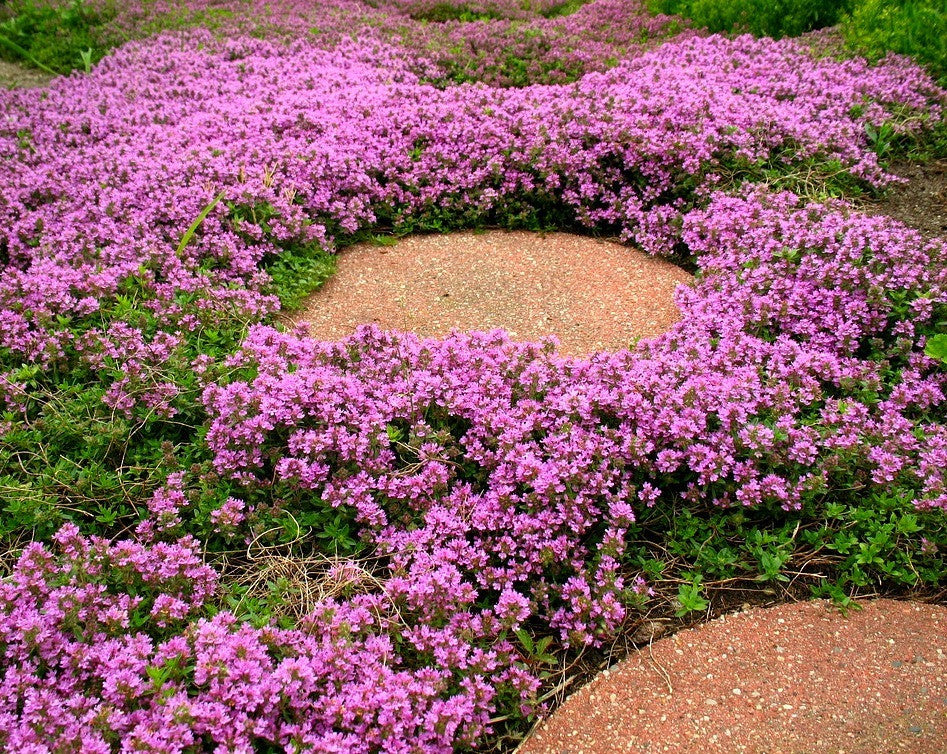
It has evergreen foliage and small flowers that grow in dense mats. These premium seeds are nestled in 100% recycled paper that is developed by a horticulturist and are super-simple to grow.Ĭreeping thyme ground cover, also known as elfin thyme and wild thyme, is a deer-resistant favorite that is hardy in USDA zones 4-9.

Just place these thyme ground cover mats on a prepared soil bed, cover with dirt, water daily and watch as the seeds germinate and your thyme groundcover spreads. Each 17" x 5' pre-seeded creeping thyme roll-out mat contains hundreds of creeping thyme seeds. navigation_item:hover:nth-child(1) Ĭultivating ground cover plants and finding ground cover flowers have never been so easy, thanks to Miles Kimball and our selection of creeping thyme ground cover roll-out garden mats. Apply an all-purpose fungicide to the entire plant, following the label instructions carefully.#content-345925. Copper penetrates the leaf surface and prevents germination of spores so the fungus cannot spread. Reapply as directed on the product label. Spray a copper-based fungicidal soap on the leaves, coating the top and bottom leaf surfaces. Repeat every two weeks until existing spots stop enlarging and new spots no longer appear. Using a spray bottle, spray on tops and bottoms of leaves until the mixture drips off. Dissolve ½ teaspoon of baking soda and one teaspoon of liquid soap in a gallon of water. Organic options won’t kill the fungus, but will prevent it from spreading. It is recommended to start by applying organic treatment options, working up to the more potent synthetic, chemical fungicides if necessary. However, if much of the foliage is affected and defoliation occurs, the plant will benefit from getting rid of the infection. Solutions: In minor cases of brown spot, there isn’t any need to treat the disease. Apply an all-purpose fungicide to the entire plant, following the label instructions carefully.



Blooms should be cut off just below the flower head. Diseased or damaged stems should be cut right at the soil line and removed completely. Finally, you may prefer to just trim off dead or damaged portions of the plant, including deadheading spent flowers, to keep it looking its best. If you wish to stop this plant from flowering, you can use the same pruning shears to remove any buds before they open. Cut the stem just above where it exits the soil to remove it entirely. Removing dead stems will increase the light and ventilation of the plant and help it to grow. Once you have a proper set of pruning tools, locate an unwanted leaf, then follow its stem all the way to the bottom of petiole. Hand pruning shears will work best as larger tools like loppers will not be well suited to the precise cuts you need to make. When you recognize these leaves, equip yourself with a pair of sharp and sterile hand pruning shears. Pruning the Creeping thyme is as easy as waiting until you notice dead or damaged leaves on your plant.


 0 kommentar(er)
0 kommentar(er)
